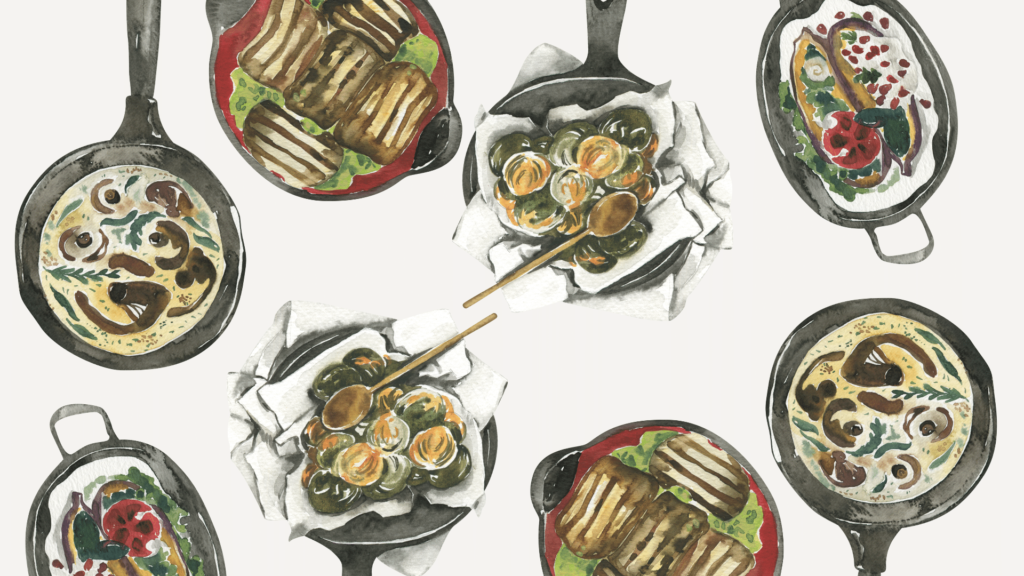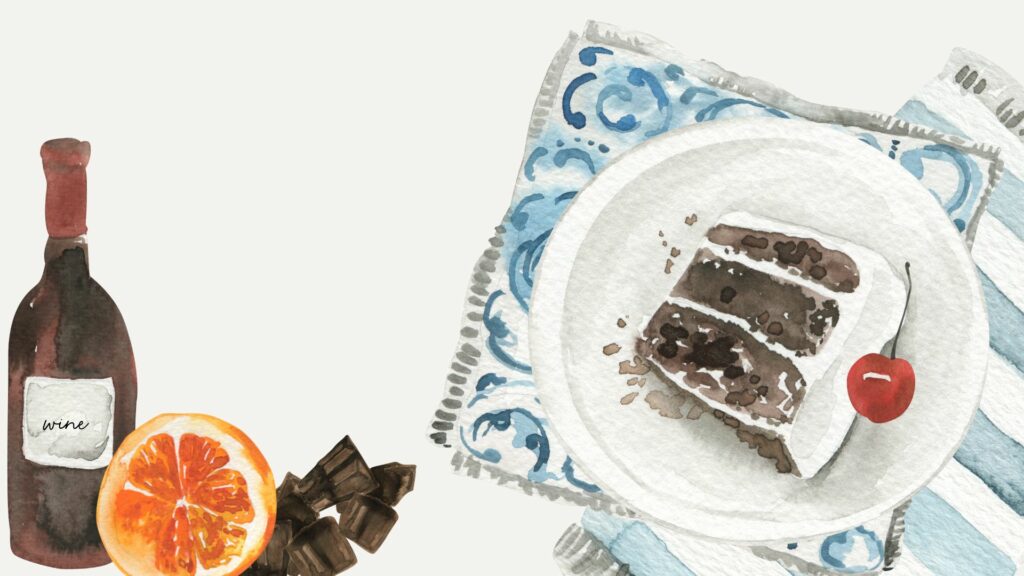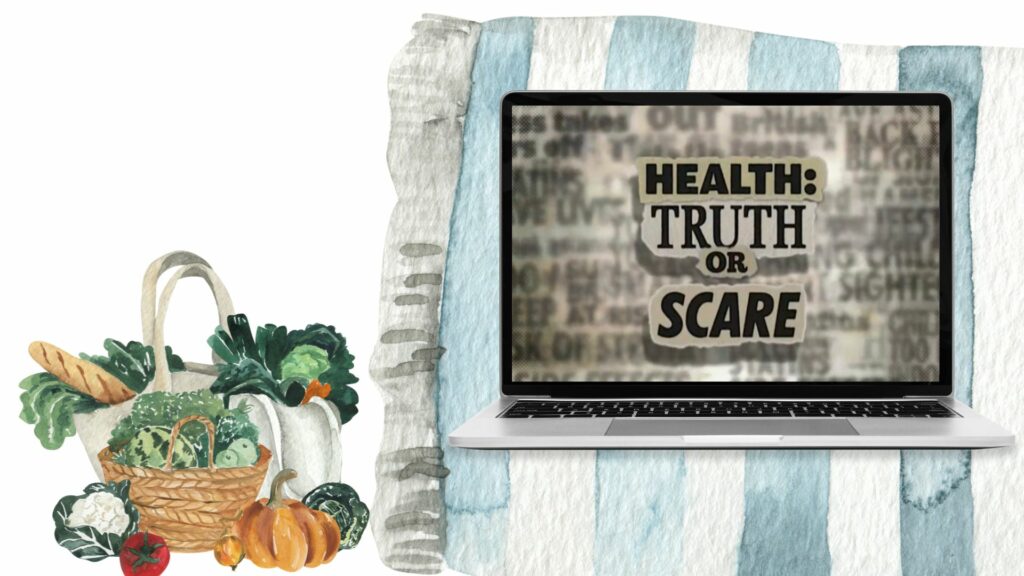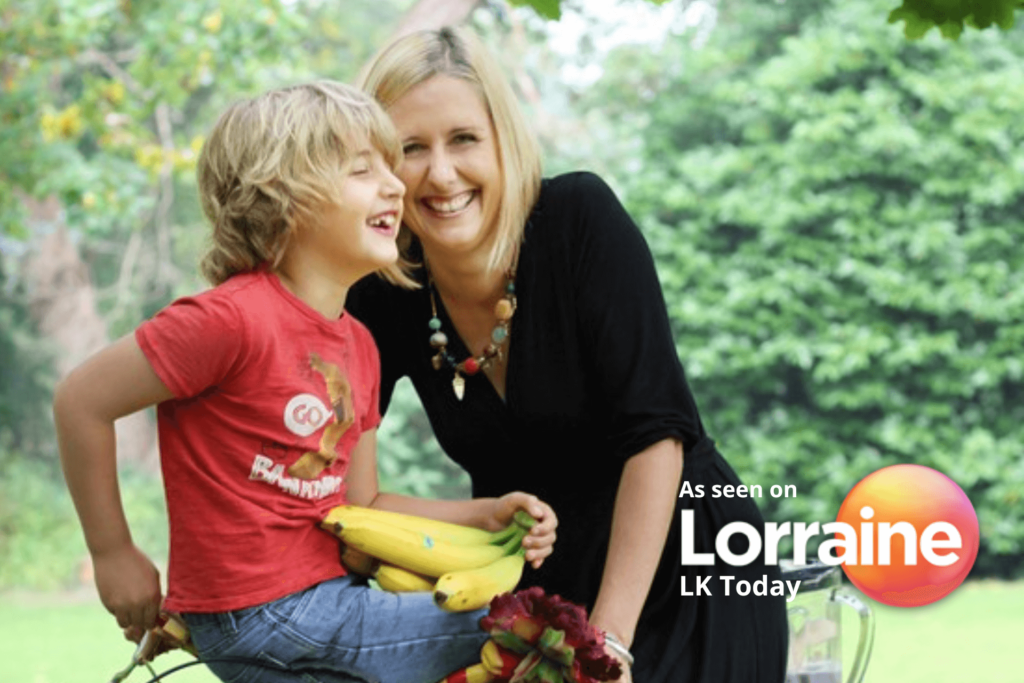There has been much debate in recent years about which kitchen stove-top pots and pans are the healthiest to use for cooking and worries about some brands of kitchen cookware, saucepans and pots that release toxins into your food whilst cooking.
Arguments are used by the raw food movement to not cook at all because non-stick pans allegedly release dangerous gases into the air, and the non-stick coatings are made of dangerous toxic chemicals that have been the subject of hushed-up class action and legal proceedings in the USA.
Recently manufacturers have been at pains to highlight the selling points of fewer toxins, less leaching, and less danger from their latest versions which has ironically only fueled people’s distrust and suspicions about the hidden chemicals in their cookware.
Aluminum Cookware
Aluminium is a great heat conductor, but because it’s a soft metal, it leaches more molecules into food than harder metals typically used in other cookware. Soft metals are prone to scratching and easily warp at high heat. The fact that it is such a reactive material a major health drawback to aluminium. It will react with acidic foods such as citrus and tomatoes and alkaline foods such as cabbage and asparagus. The reaction causes foods to have a nasty, rubbery, metallic taste and also causes colour changes in the foods, making them appear an unattractive grey shade. Most importantly, foods cooked in aluminium can react with the metal to form aluminium salts. There are theories that this contributes to the increase of Alzheimer’s disease, but this is yet to be proven.
Manufacturers have addressed aluminium leaching by anodizing the cookware. Anodization or chemical baths are used to increase the thickness of the oxide layer, making it harder, more durable, less likely to corrode and less likely to leach, provided the surface has not been damaged. Although it is more difficult to damage the surface of anodized versus non-anodized aluminium, its surface can still be damaged.
A key purchasing consideration is that not all cookware in the marketplace using anodized aluminium uses this material on the surface that comes in contact with food. Instead, they use the heat transfer properties of the anodized aluminium on the exterior of the cookware and a different non-stick surface on the interior of the cookware (with other potential toxicity problems much greater than anodized aluminium).
From an environmental perspective, aluminium can not be destroyed in the environment, it can only change form. The Environmental Protection Agency has found aluminium in at least 596 of the 1,699 National Priority List sites.

Cast Iron Cookware
Used for nearly 3,000 years, Cast iron cookware is strong, inexpensive and has excellent heat conducting capabilities for browning, frying and baking. Dangerous metal leaching is not an issue with cast iron cookware as although iron is known to leach into the food with cast iron cookware, it was once considered a useful major source of iron in food. Since cast iron cookware is less prevalent, it is thought to be a reason people sometimes need iron supplements. Iron toxicity is usually not a problem, except in children under the age of five years.
Some negative issues for cast iron cookware are that it is heavy, it should be seasoned for use, it is difficult to clean, it can rust, and it can harbour bacteria. To prevent rust damage, the inside of cast iron cookware should be coated frequently with unsalted cooking oil, it should be dried thoroughly after each use and stored with the lid off. For bacteria growth prevention, it should be cleaned thoroughly after each use. However, it can not be immersed in water, and you should not use strong detergents or scour the cookware as each of these can cause damage to the seasoning on the cookware.
Teflon / Non-stick Cookware
Teflon’s non-stick surface is the reason many people buy it. Yet, it is hazardous to our health. Not just from the chipping and flaking but from the fumes. When non-stick pans are heated to high temperatures, the coating breaks down and vaporizes, releasing toxic substances into the air. Perfluorinated acid (PFOA) is used in the manufacture of non-stick pans. It is not present in the pans themselves but can reappear in the fumes when pans are overheated, and the coating decomposes.
It has been shown in many studies that PFOA accumulates in the body and in the environment. Studies on animals suggest a link to birth defects. According to the National Resource Defense Counsel, Dupont, the maker of Teflon, admits the fumes contain PFOA but claims that temperatures must exceed 500 degrees Fahrenheit for ‘deterioration to occur’ and 660 degrees for ‘significant decomposition’…Non-stick pans do get that hot when preheated on high – a practice many cooks follow. It doesn’t take much time either for temperatures to climb. In tests conducted on ordinary gas and electric stoves, Teflon and other non-stick pans topped 700 degrees Fahrenheit in three to five minutes.
Teflon and other similar non-stick coatings can be convenient and claimed to be safe when used to cook on low – moderate heats such as with non-stick griddles. High heat cooking must be avoided.
Copper Cookware
Copper is beautiful cookware and has excellent heat conducting capabilities. However, the cooking surface must be lined with a safe substance such as stainless steel. The FDA cautions against using unlined copper for general cooking because the metal is relatively easily dissolved by some foods with which it comes in contact and, in sufficient quantities, can cause nausea, vomiting and diarrhoea.
The toxic effects of copper are well documented. A classic case reported by the New York Department of Health in the 1970s explores the dangers of unlined copper. Children attending a movie matinee bought soda from the type of vending machine that drops a cup and fills it with carbonated water from one side and syrup from another. The check valve for dispensing the carbonated water was made of copper. Overnight, a significant amount of copper had dissolved into the carbonated water. The children became ill from drinking the soda contaminated with copper salts.
Pyrex
Pyrex has an extremely low transfer rate of molecules but it only can be used in the oven and although there are now versions for use on the stovetop, they are not popular with consumers or chefs. Anyone who has dropped a Pyrex dish on their tiled floor and seen the explosive results are keen to go back to glass. Absent-mindedly putting very hot Pyrex dishes into cold water is an exciting experiment too.
Stainless Steel Cookware
Stainless steel itself is not a good heat conductor. Efficient steel cookware needs layers of other metals in its inner construction. Without those inner layers, stainless steel cookware will heat food unevenly.
High-grade stainless steel as the outer layer, in contact with food, is easy to clean and will not harbor bacteria and germs. Stainless steel that has been cleaned and scoured with a metallic pad may leach a small amount of nickel into the food when exposed to alkaline food. Nickel is not poisonous but people with nickel allergies should avoid cooking with stainless steel.
Less expensive steel pans use inferior steel; some are recycled great for the environment but are more likely to degrade and get pitted surfaces which can lead to all sorts of cooking kitchen dilemmas.
Share with a friend



